
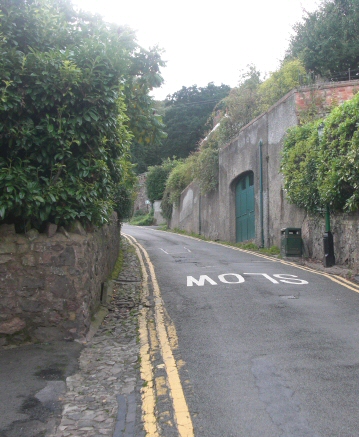
Traveling southwest of Birmingham in the UK by car gets you into the English countryside. As an American, this is the English countryside that you know from outdoor scenes of the Avengers TV series from the Sixties. And the countryside, unbelievably, hasn’t changed a bit since then. One hour’s drive to the southwest of Birmingham specifically gets you to a stretch of hills called the Malvern Hills.
I spent two separate weeks in the town of Upper Malvern in August and September of 2008 on work related business. As an ignorant traveler, the Malvern Hills caught me off guard and pulled me in as a fan.
Failed Attempt to Climb British Fort Hill
On my first visit to Malvern, Eugene, a friend and coworker who is Scottish, was gracious enough to drive us down to one of the Malvern Hills — British Fort Hill. Just as we were about to walk up the hill, it started pouring raining. We went into a local pub and had a pint instead. Not climbing the hill was only mildly disappointing to me; having a beer and chat in a pub with Eugene seemed a more interesting idea than climbing a hill.
In my mind, a hill is a hill — when you get up to the top, you look around at countryside; no big deal. So we didn’t climb the hill. This ended up being my only chance to climb a Malvern Hill on my first trip there, and I was ignorant to the loss. It had been a great trip; I had thoroughly enjoyed the English countryside and the people and the hotel I was at. More on that later.
Second Attempt to Climb a Malvern Hill — Beacon Hill
On my second trip to Malvern, with some free time to kill on my first day there, I decided to walk about town – the town of Upper Malvern, and investigate a street that seemed to go straight up, 45 degrees.
I figured I’d walk the street to see what was at the end of it. Within five minutes I was drawn in by the loud sound of rapidly running water.
I walked up the street further to discover water from the hill running down the side of the street in a gutter to the side. The two previous days, before my arrival, had brought heavy rains that had inundated the local farmlands. Intent to discover the source of this heavy rapids of water, I continued to climb the 45-degree vertical road. Pretty soon I was walking in a wooded, enchanted forest of Old England, with rushing water to my right, climbing climbing climbing up this 45 degree hill.
Jack & Jill
After 20 minutes uphill walk, expecting to find a big body of water, I instead found water simply seeping out of the ground for a 100 foot-area of the road, which by this time had become a grassy path. Less and less water emanated from the ground until it simply stopped and the trail became dry. So much water in them thar hills. I guess this is why Jack and Jill went UP the hill to fetch a bucket of water.
I arrived to the top of the hill, only to find that it was dwarfed by other higher hills to the left and right and front of me. What struck me first about the tops of the hills was that they were bare — no trees; only grass — after having climbed up the road through a thick forest to get to the top. I seemed to be the only person around, and started talking into my video camera, just before I spotted some people sitting on a bench nearby. I chose what looked like the tallest hill and went for it. It turned out to be Beacon Hill, which is indeed the tallest hill of the Malvern Hill chain, at over 1,300 feet. At the top of Beacon Hill, there is a beacon, and a navigational marker placed by the famous British Map maker and surveyor, Ordinance Survey. They use a software product I help build and market so it was like seeing an old friend.
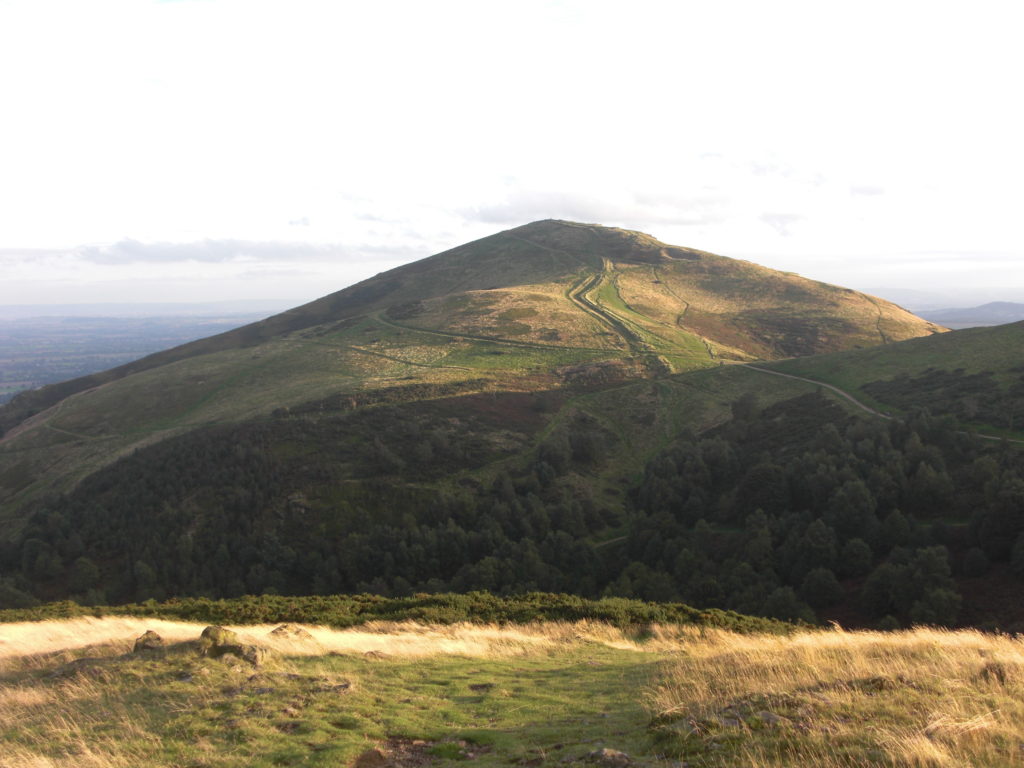
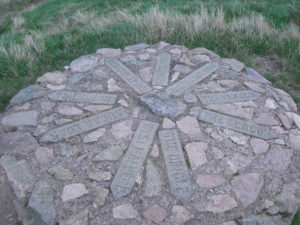
Before long I realized I wasn’t nearly only one of a few people on the Malvern Hills at all — at 5 pm on a Monday evening — there were dozens of people, and they popped up here and there out of nowhere. Runners would run by – three runners ran past, one a gal with a back pack on! Those are tough hills to run; they are as steep as you could ask for; any steeper and you would be forced into climbing the mountain. And the people I saw running by were not your typical runner; they all looked in top-flight condition; marathoners. For all I know, some of England’s elite runners are up in the Malvern Hills. Perhaps people come from all over the country to train there. (I’ve since learned that the British marines do train in the Malvern Hills.) Bicyclists sprouted up here and there as well. And people walking their dogs. Sometimes elderly people; hill walkers from the town. People who live in the area and walk their dogs up the Malvern Hills on a daily basis probably lead long healthy lives. Hill people. They’ve probably been doing this for generations.
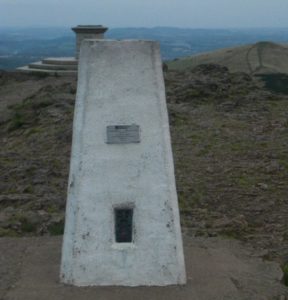
The Malvern Hills make up a long hill chain that that run some 10 miles north to south. The two hills that I chose between were Beacon Hill, and the North Hill – the Northern most major hill in the chain.
Fort Hill — Attempt #2
On day two of my second visit to Malvern Hills, Eugene again attempted to get us to the top of British Fort Hill, at the southern most end of the Malvern Hill chain. With Eugene’s car parked in a parking lot just below the hill, we walked up. This time, the sky was clear after the torrential weekend rains. The path up to the top of British Fort Hill was steeper and shorter than the path up to Beacon Hill. The road is driven higher into the British Fort Hill and also it is a shorter hill than Beacon Hill, therefore the walk up Fort Hill takes only ten or so minutes. We walked up to the hill, and took a look about. What makes Fort Hill different than the other hills is that it was used as a fort by the British in wars against the Romans 2000 years ago. They dug huge moats into the sides of the hill. Those moats are still in tact and are still quite steep despite two thousand years of erosion. At the very top of British Hill, there is a wooden fence, to serve as a warning and barrier for people not to get too close to that edge. It is an almost vertical thirty foot drop into the moat at that end.
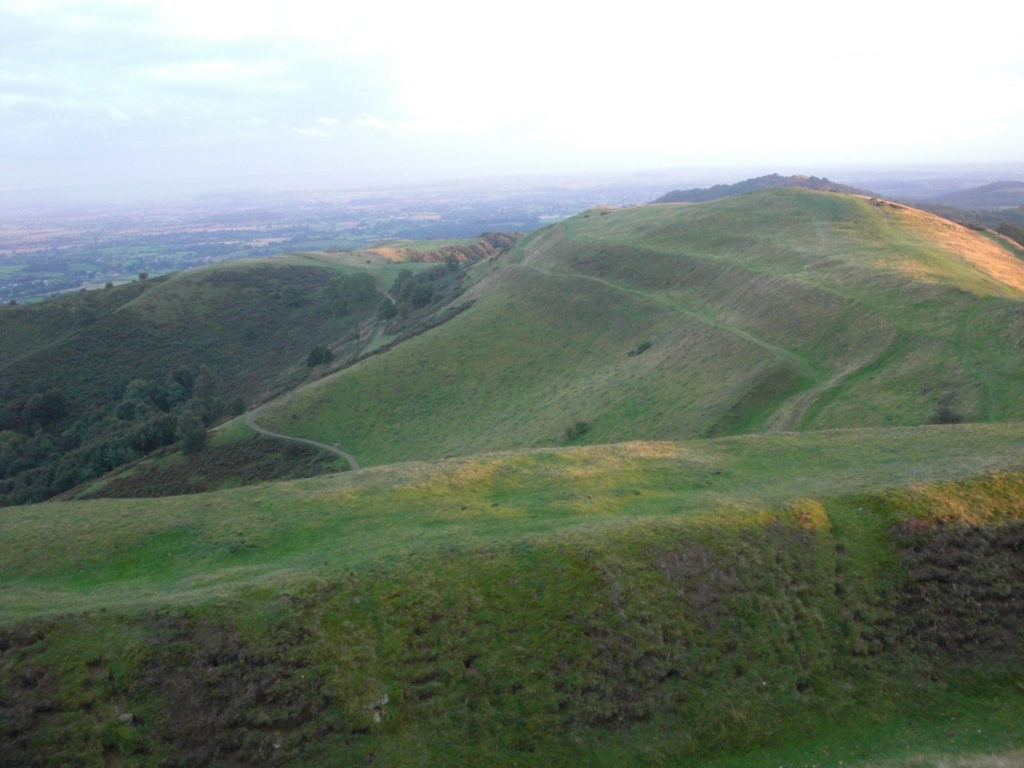
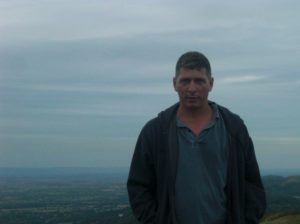
To stand atop the Fort Hill, with the vastness and silence of the valley below you and the cold wind whipping at your face (and the faint smell of wood burning), gives you a feeling of what leverage the Brits had over the attacking Roman soldiers (see picture below of view from Fort Hill). You can also understand how various land barrons through the years leveraged Fort Hill during local wars. The wind at the top of this hill was quite fierce, and the temperature some 20 degrees cooler than what it was a short distance down the hill by the parked cars.
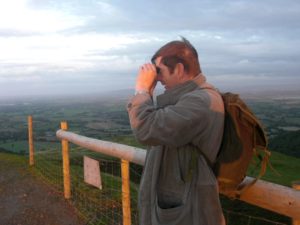
About Jack and Jill – Jack fell down if you remember, and broke his crown. Walking down the steep path from Fort Hill you can see how this could have easily happened. Walking down can actually be harder than walking up the hill if you have flat bottoms to your shoes. If one fell off the path, they would crash down a 60-degree-angle wooded forest.
Maybe an adult would be able to grab hold of a tree trunk to stop their fall, but a young child could easily be killed. I fear something like this must have happened at least once during the thousands of years that humans have entertained themselves in these hills. If you ever travel to the Malvern Hills, make sure to keep your young children at close bay.
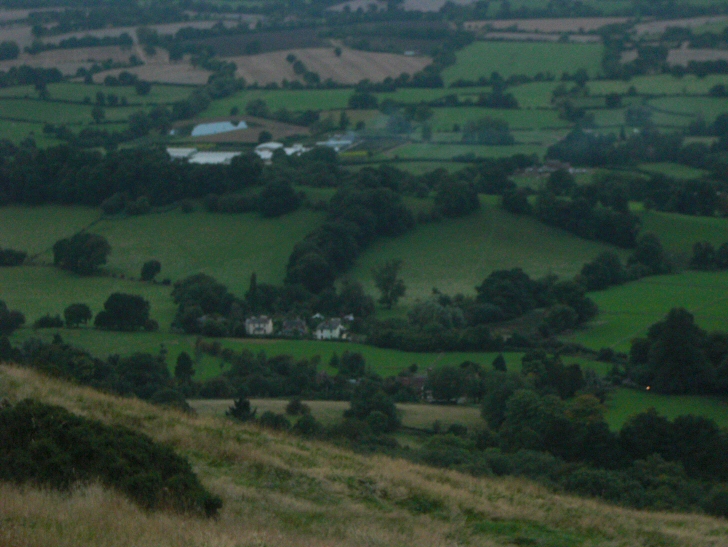
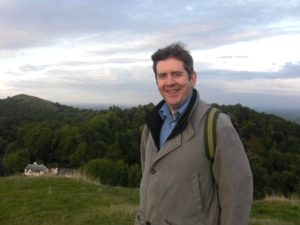
After the precarious walk down the hill, we had another pint in the bar across the road.
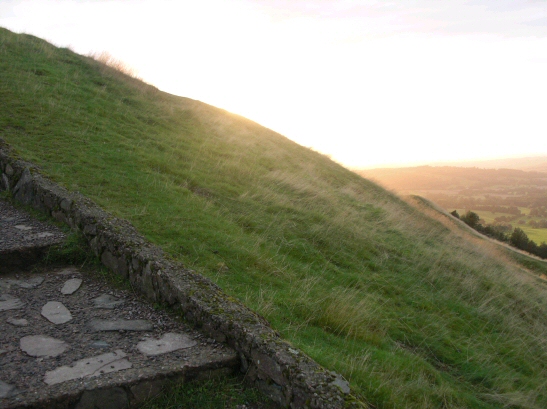
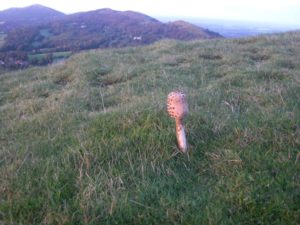
North Hill
On my final night in Malvern Hills, I decided to climb up North Hill, which juts over the town of Upper Malvern quite impressively. This time I knew my goal and walked straight up the hill via the road from town, and then took on North Hill. These are hills, not mountains, so if you know what you’re getting into, it is a fun, hard walk that feels great on the legs. I went up with several layers of clothes on – a long-sleeved shirt, a hooded jacket, and a sports jacket over that. I knew from the day before on the top of Fort Hill how cold it could get, even though it was September and the outside temperature was a warm 70 degrees. On top of the hill it is 20 degrees cooler, at least it feels that way with the wicked wind.
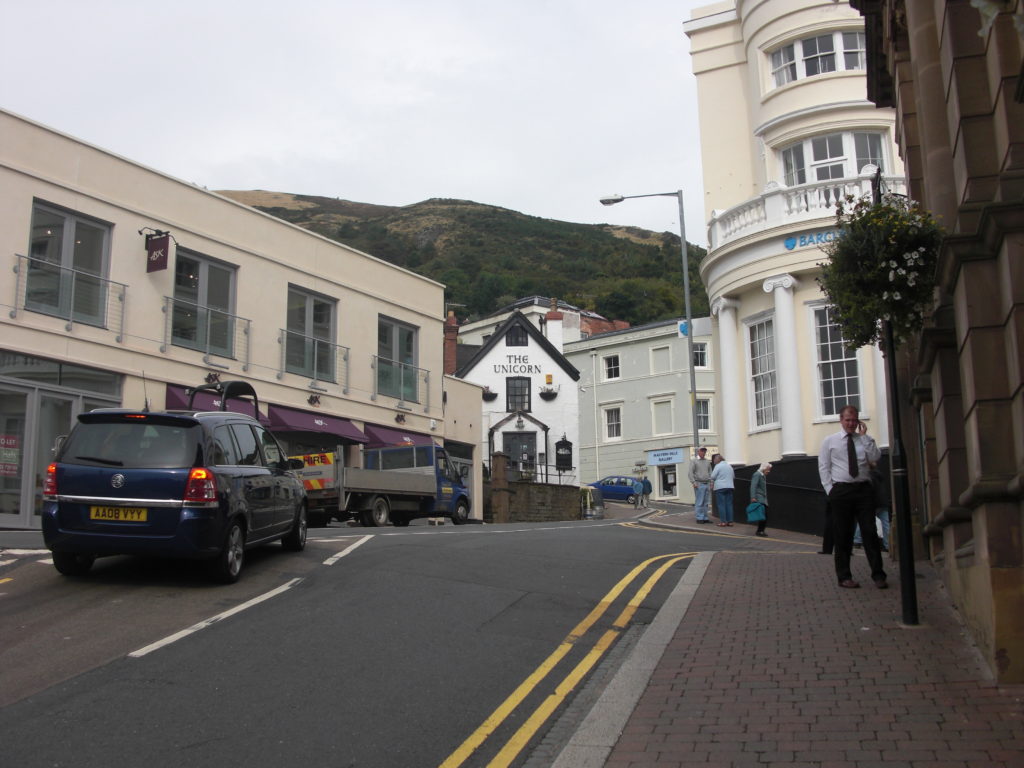
On this third night of my second stay, the wind at the top of North Hill seemed even more powerful than the wind on the top of Fort Hill the day before. It was whipping fierce, so that you had to hold your camera tight. I kept thinking about Jack, and how there must have been many ‘accidents’ on these hills over the course of thousands of years. The stories these hills could tell. The blood they had seen; not only in battles, but in accidents. And the dense woods that lead up to the hills would seem the perfect breeding ground for hi-jinx and murder. Although inviting, I don’t think you’d want to walk up those hills alone at night; someone could easily hide in those woods and you could easily become prey. If you’ve got a group, and a flashlight, it must be a fun thing to do. Or maybe by yourself if you bring along a weapon. You don’t have to worry about bears or wolves; the last wolf in England was killed in the 1700’s; Eugene told me it’s been said that the largest wild animal remaining is the red deer, and the biggest carnivore is the badger. There are groups that want to re-introduce wolves to Scotland, but they are facing heavy opposition from sheep farmers.
You could probably write a book about all of the ‘incidents’ that have happened on the Malvern Hills; tragic accidents, people found dead of heart attacks, murders, rapes, you name it; I’m sure the hills are alive with ghosts. I’ve since learned there were indeed bloody battles, and there were hangings in the Malvern Hills.
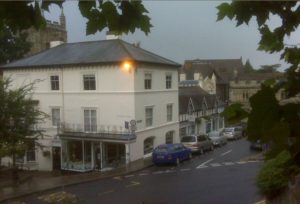
The Malvern Hills are what bring people to Malvern, but there’s a lot to love about the place besides taking in the exercise of walking the hills. This is English countryside; winding roads bring you round about the woods and farmlands, past stone walls and roadside bars, to little hamlets. Villages like Malvern, Hereford, and Redditch in the area of Worcestershire offer quaint little towns with shopping and art galleries and antique shops and real estate shops and all the things you’d expect in a small English town, including pubs and coffee shops. Upper Malvern has a theatre and a museum. What makes England different than, say, small country towns in the US, is that you’ll find the occasional 600-year-old abbey or medieval castle in England. And all the buildings are made of brick and stone. Very few mini-malls. And the only thing open at night are the Pubs.
The Royal Foley Arms Hotel in Upper Malvern
Upper Malvern features the existing walls of an abbey from the 1400’s, which serve as part of its museum. There aren’t as many old churches as there should be – King Henry the 8th took care of that. As I understand it, since the church didn’t allow him to divorce his first wife (Catherine of Aragon) because she couldn’t bear him a son, and would not recognize his marriage to Anne Boleyn, he took it out on the Catholic church and sent his army into the countryside, destroying all the churches; part of the English Reformation of 1533-1540. The stone of their remnants were gobbled up by local people for use in their houses.
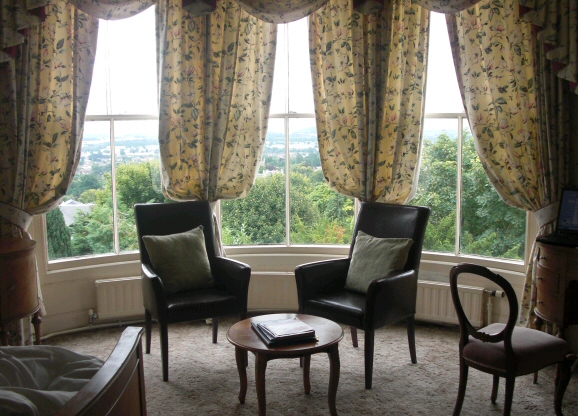
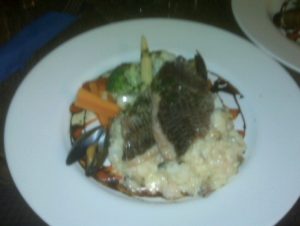
For both visits to Malvern I stayed at the Royal Foley Arms hotel, in Upper Malvern. The hotel dates back 200 years, which doesn’t especially make it unusual in England. The Royal Foley Arms seems to be a family-run hotel (was actually a Great Western at the time; recently turned into a JD Wetherspoon) with about a dozen very cozy and quaint rooms. The comfortable, old English quaintness extends to the lobby, den, and drawing room on the main floor. There is also a hotel bar. The food at the Foley Arms is exceptional — it is well worth dining at the Foley Arms even if you aren’t staying there. Eugene and I had the dinner special on four different nights, and each night, the food was plate-licking good. As good a food as I’ve had in England or anywhere else.
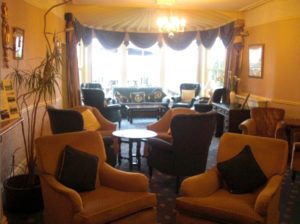
The Royal Foley Arms is allowed to use the term Royal after the Queen of England bestowed a Coat of Arms on the hotel after a visit to the hotel in the year 1904. The story goes that she was only supposed to stay a few days, but liked the hotel so much she stayed three weeks. The Foley Arms sits on the hillside with a remarkable view of the valley. A block up from the Foley Arms is the Red Lion Inn, which also serves exceptionally tasty food and “European” cappacinos and espressos (a richer taste than the cappacinos at Starbucks), besides a fine selection of local brews.
The Malvern Hills have always been especially known for their spring water. The springs of the Malvern Hills have been providing fresh spring water for hundreds of years; people used to travel to Malvern for the medicinal uses of the water.
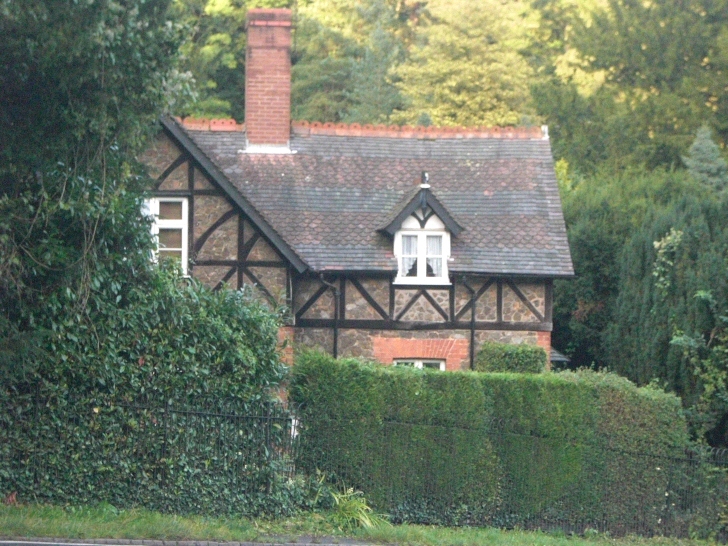
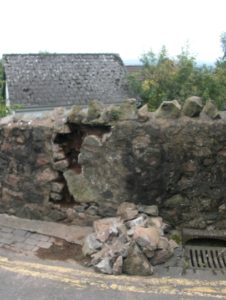 The Steed & Emma Peel Avengers
The Steed & Emma Peel Avengers
The history of the area is quite fantastic. To drive these roads as I mentioned earlier, puts you into the middle of an Avengers TV series show; you play the part of John Steed or Emma Peel. The amazing thing about England is that high-tech companies and military-affiliated companies pop up here and there, in un-glamorous, non-ostentatious buildings interwoven into the fabric of the countryside. It is in the area of Malvern that the British Telelcommunications Research Establishment perfected radar at the start of World War II. The English had their research facilities built in the area and moved their central government there because it was out of range of German bombers. Troops trained here; again because they were out of range of German bombers and because of the Malvern Hills. All of this was fascinating to me since my father, an American soldier in World War II, was assigned to learn radar (at research facilities near Philadelphia) and later helped put up radar towers. He always told me that the British invention of radar had helped us turn the tide in the war, and we owed a great debt to them. And here I was, 55 years later, ignorantly traveling through the area where it came to be.
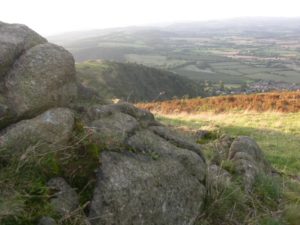
JRR Tolkien
It is said that JRR Tolkien spent much time in the Malvern Hills, and it is here where he got many of his ideas for his Lord of the Rings trilogy. C.S Lewis (The Chronicles of Narnia) also, used to walk the Malvern Hills and got ideas for his trilogy there. Edward Elgar, the composer, used to bicycle to the Malvern Hills from Worchester, back in the early 1900’s when bicycles were brand new and cars weren’t about. It is said that the Malvern Hills influenced Elgar’s compositions.
These days, many well known actors and actresses appear at the Theatre in Malvern to give performances and try out material before talking a show to bigger places like London’s West End.
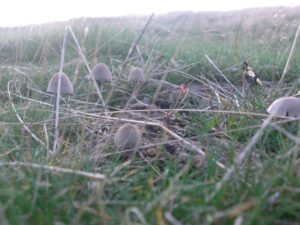
The Malvern Hills are a vacation spot for the British themselves — similar to what the Catskill mountains would be to the typical New Yorker. In the valley to the east of the Malvern Hills you can find trailer camps. You probably don’t find too many foreign tourists in the Malvern Hills, just as you wouldn’t find too many foreign tourists in the Catskill mountains. But if you’re traveling to England, and want to see a slice of countryside rather than or along with big-city London, then the Malvern Hills and surrounding area are a great place to go.
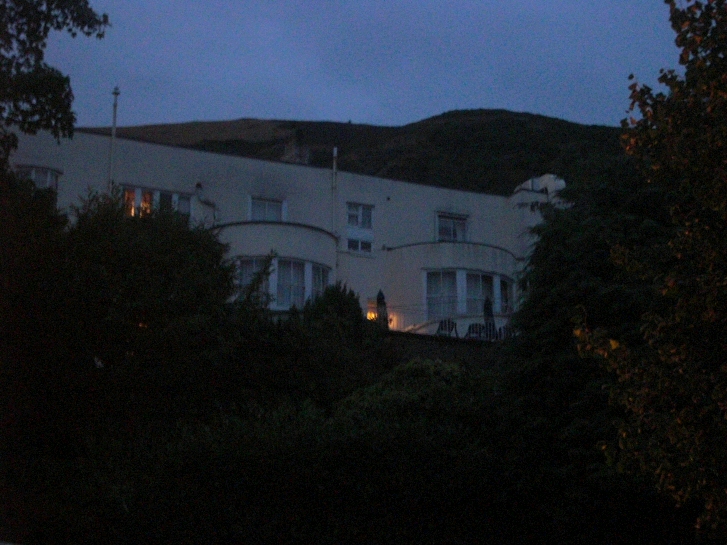


Be the first to comment